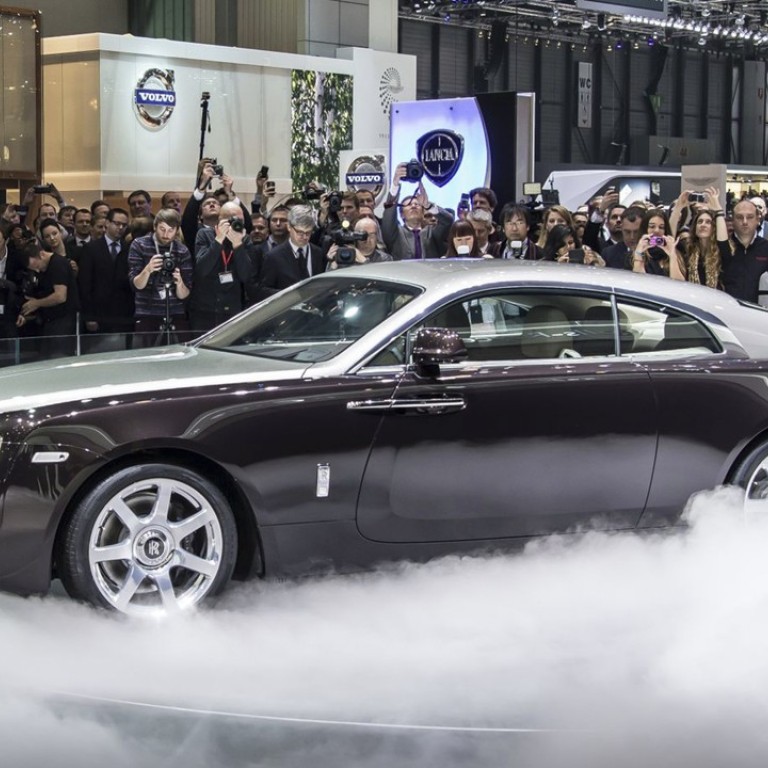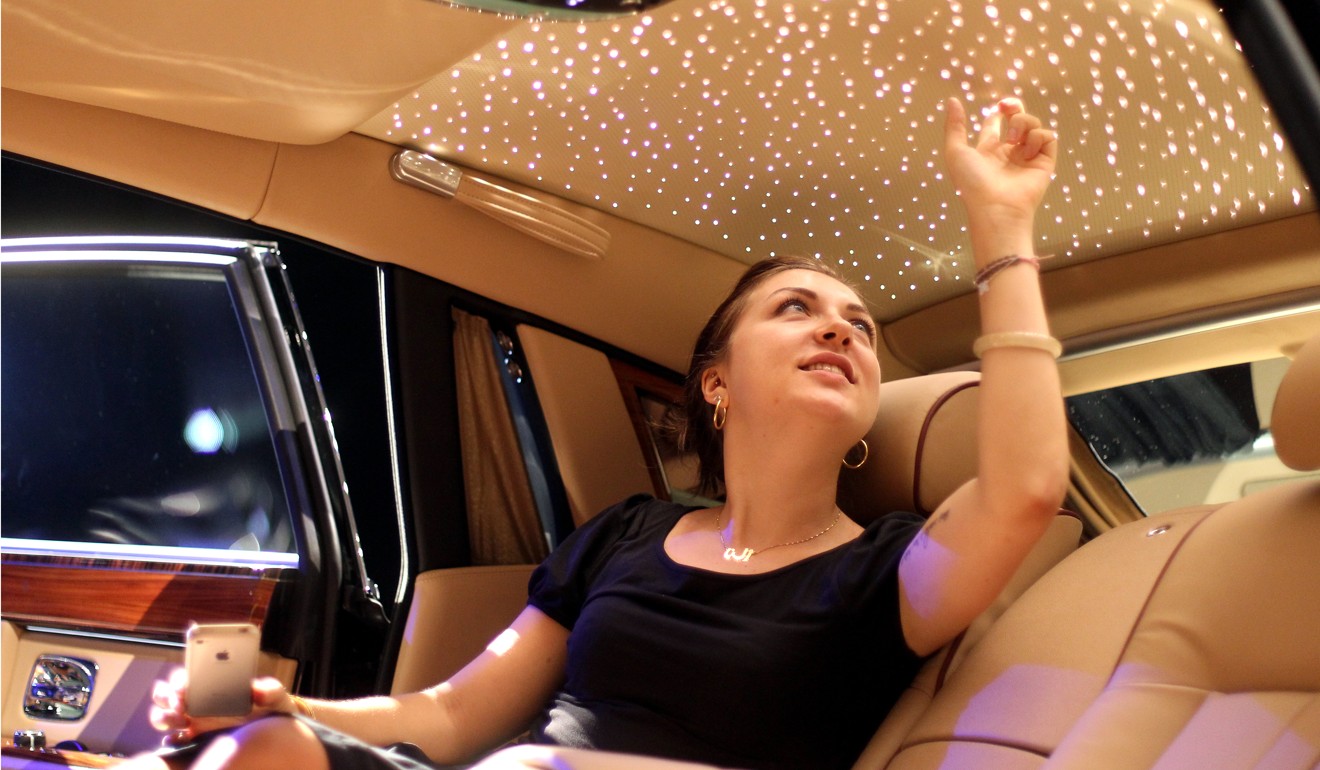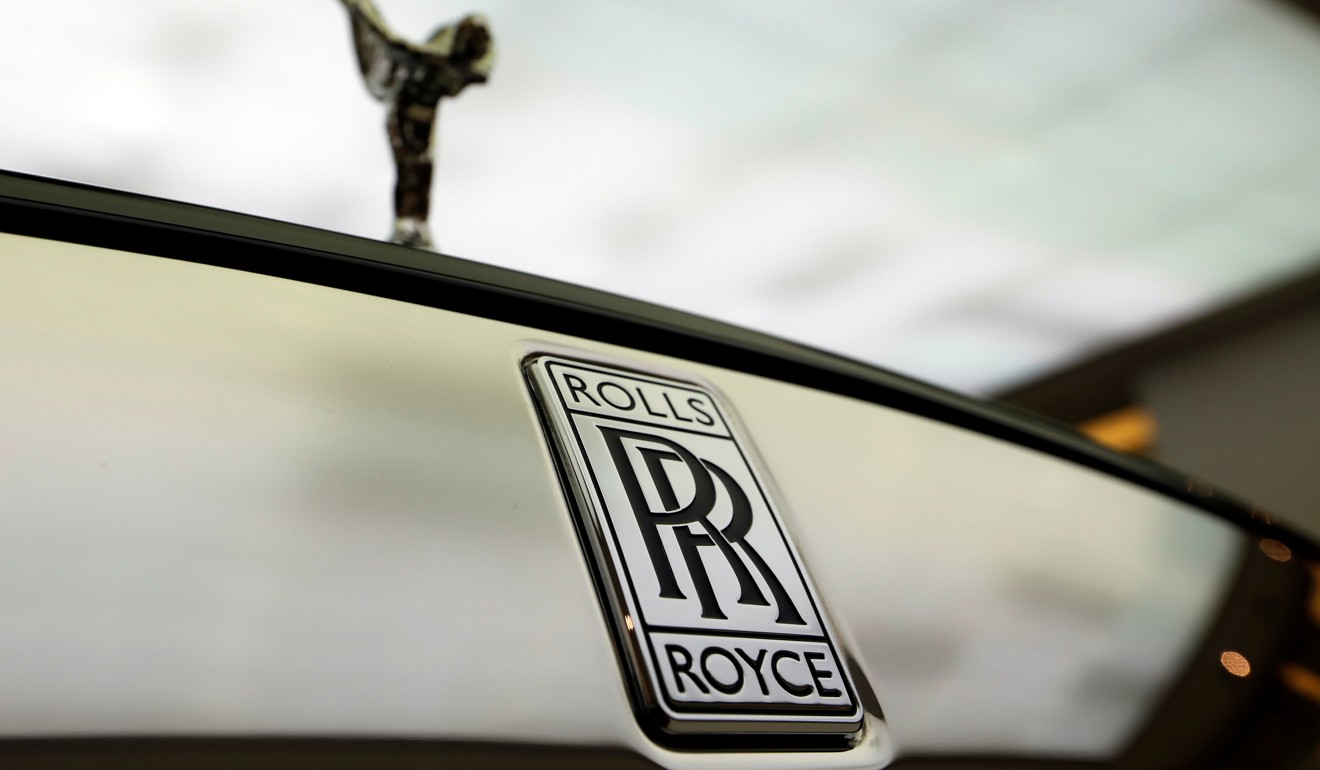
How Rolls-Royce drivers are a lot younger than you may think
Rolls-Royce has been making luxury cars for more than a century, and a new generation of self-made wealthy individuals are lowering the average age of the company’s new car buyers
According to Rolls-Royce’s chief executive officer Torsten Müller-Ötvös, the bulk of the brand’s buyers are surprisingly young.
“We are seeing, in that segment of ultra high-end-growth individuals, a fast decrease in average age,” says Müller-Ötvös.
The global average age of a Rolls-Royce customer is 45 years old, down from 56 seven years ago, he said. That’s lower than the average age of car buyers overall, which hovers near 52, and younger than the average age of luxury car buyers, too, which is 50.
Buick, for instance, has an average new-buyer age of 59. At Cadillac it’s 52, at Mercedes-Benz it’s 51, and at BMW it’s 50, according to vehicle evaluation company KBB. Land Rover’s average customer is 45, the youngest of any included in the data. (Rolls-Royce was not among the brands reviewed in that report – its numbers are internal.) Bentley, reported an average buyer age of 56.2 years in 2014, though that number is likely lower now.

More immediately, it has to do with brand image. If pensioners are the ones driving your cars, the rest of the world inevitably associates the brand with their age set. That doesn’t exactly foster future buying excitement.
“If you’re appealing only to older buyers, you’re not growing that back end,” says Stephanie Brinley, senior analyst-Americas at IHS Automotive. “If you’re not connecting at least on the aspirational level with a younger buyer, chances are when they get to 45 or 50 and are able to buy your product, they won’t think of you.”

“It’s not any longer inherited money,” he says. “The majority is all self-generated money in very young people who are making fortunes, be it real estate, be it engineering, be it IT, whatever.”
That’s promising. Experts have warily anticipated in recent years a slump in car sales as millennials begin to overtake baby boomers as the world’s biggest spenders. The theory was that they cared less about owning things – houses, property, cars – than being able to access them at any time. The success of shared-access businesses Uber, Airbnb, and Rent the Runway, plus the rise in the development of self-driving cars and other forms of urban transport, seemed to support that idea.
But further studies have indicated the contrary. According to J.D. Power & Associates, millennials’ share of new vehicle purchases in the US hit 27 per cent in 2014, up from 18 per cent in 2010. They’ll comprise 40 per cent of the US car market by 2020. (The report classified millennials as those born between 1977 and 1994.)
In China, the average age of new-car buyers is about 34. Thirty-eight per cent of China’s new luxury car buyers are under 40. Last year, Cadillac boasted widely about its 34-year-old average buyers in China.

“We are now catering all to the different kinds of set groups when it comes to customers,” says Müller-Ötvös. “These are customers who for the first time said, ‘Oh, guess what. I like this Wraith, and I put it in addition to my Ferraris into my garage, because Ferraris can be stressful from time to time’.”

